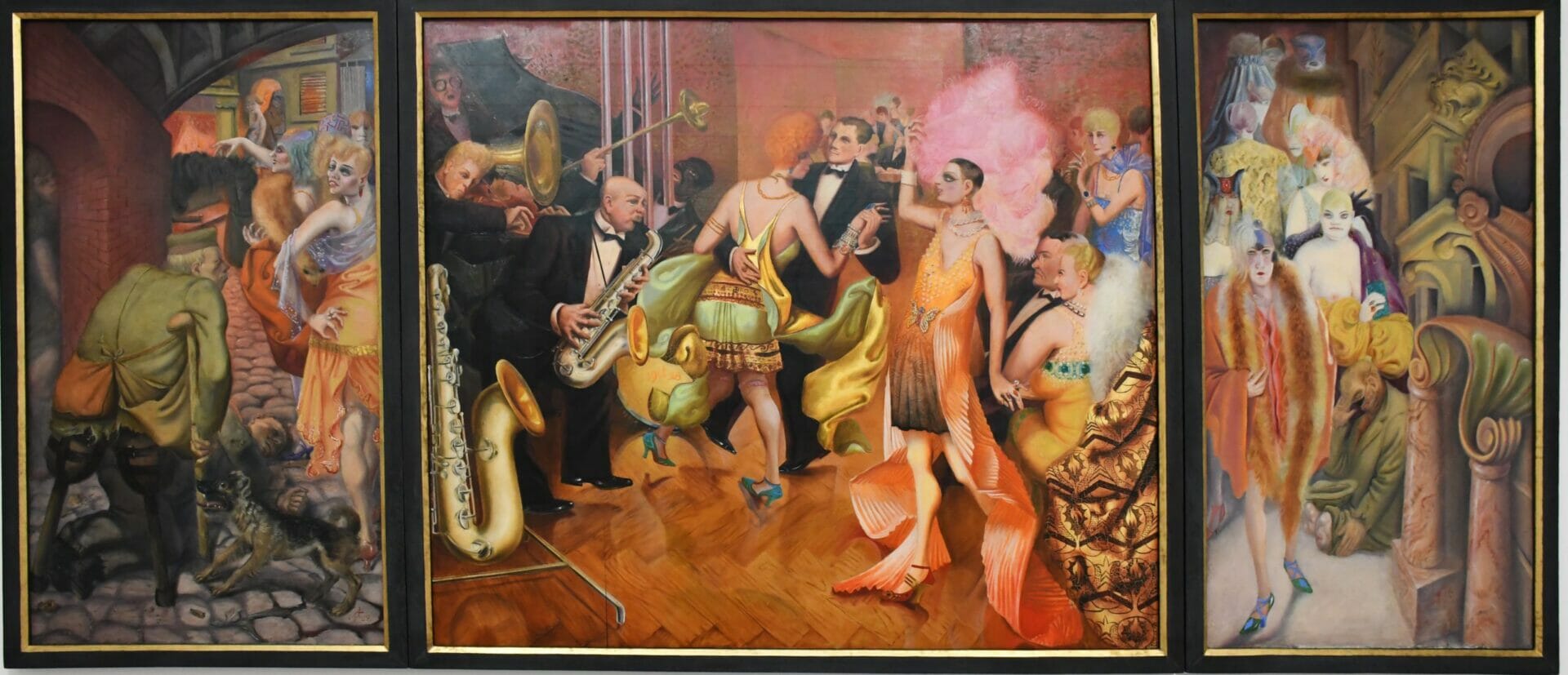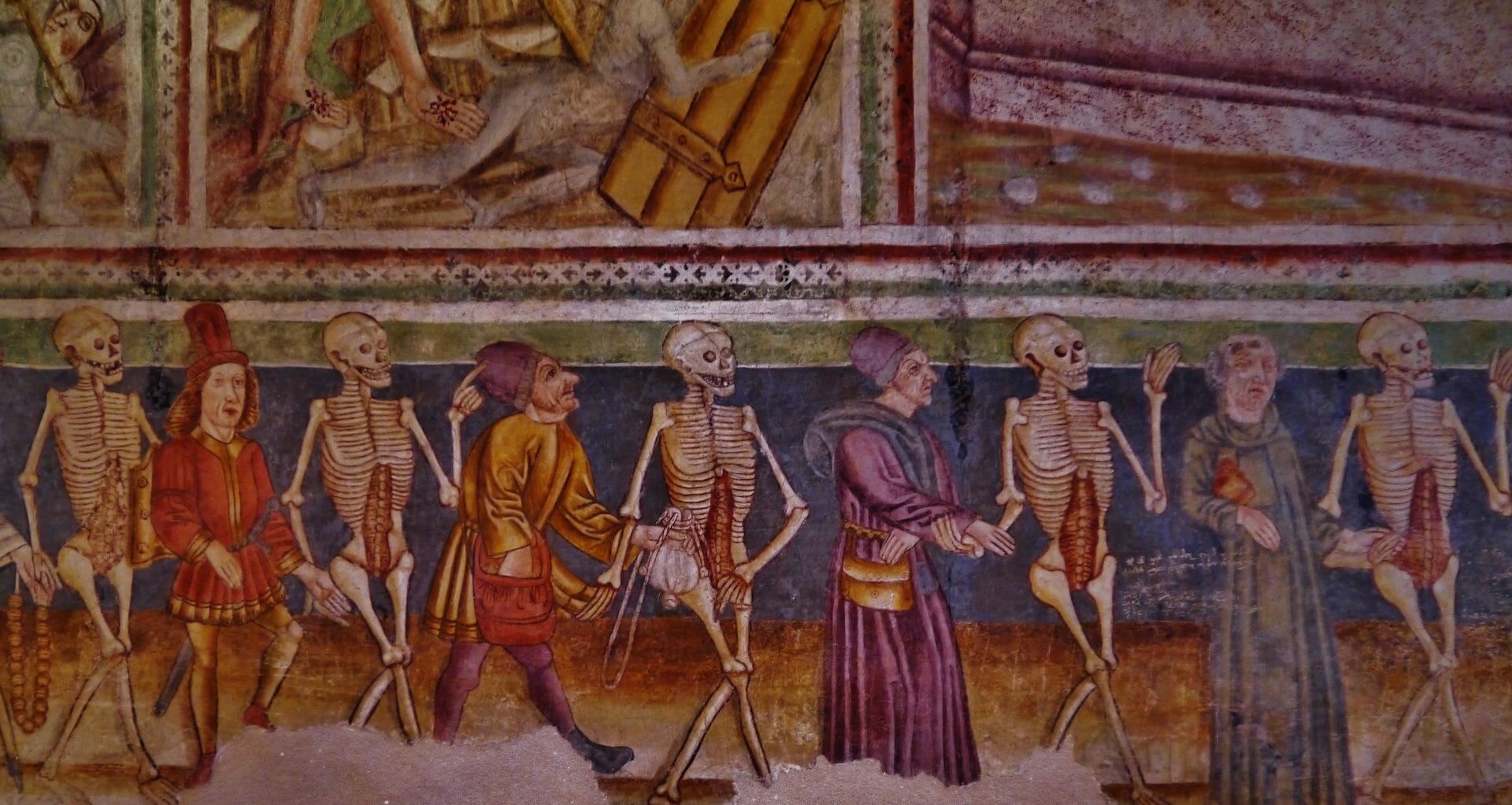
Color Matching | The artist as a witness
Artist
Year
Format
Duration
The Belgian-born and Mexican-based conceptual artist Francis Alÿs arrived in Iraq in October 2016 to document the displacements caused by the Mosul offensive against ISIS. Protected mainly by a simple mound of sand, he captured the reality of life on a battleground and created Color Matching.
Eye-witness, color-witness
Following an invitation from the Ruya Foundation, he spent nine days as an artist and observer with a Kurdish battalion of the Peshmerga forces. He accompanied the soldiers along a 23-kilometer frontline on the eastern flank of Mosul – Iraq’s second-largest city – during the campaign against ISIS. The Tigris River divides the city of Mosul into two parts. Nonetheless, the Dawlah (State in Arabic, how Islamic State affiliates call their organization) enjoyed widespread support, changing its name and shape but always feeding itself on hatred, destruction, and violence.
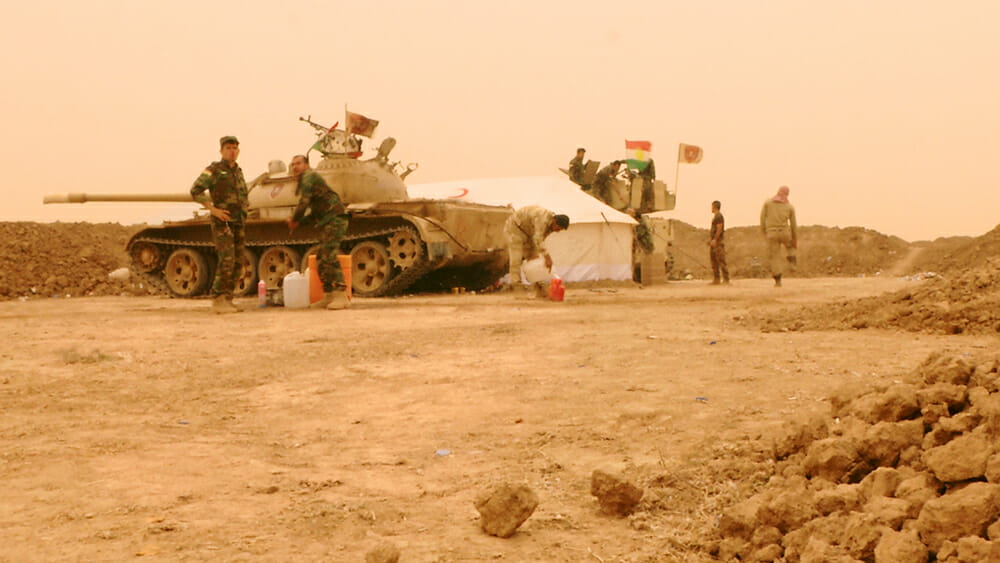
The light, the dust, and the heat
The resulting uncut gem is Color Matching, a 5-minute film where we see a soldier washing his hands from a fuel tank filled with water. Hands-on-hips, camouflage uniforms. Two of the soldiers look at the artist, and through the camera, they also look at the spectator. Here are the primary colors of war: the Iraq landscape shows beiges, ochres, and burnt oranges.
Red-white-green-gold is the flag of the Kurdistan Region. This chromatic mood reverberates the tones of dust, soldiers’ uniforms, and tents. Military tanks squeak slowly like a big prehistorical animal. War creaks and squeaks. Meanwhile, in the foreground, a hand dabs tiny dollops of paint on a small white canvas. Then spreads the pigments out with a brush, matching the scene’s colors. Finally, the hand grabs a rag and wipes it all out.
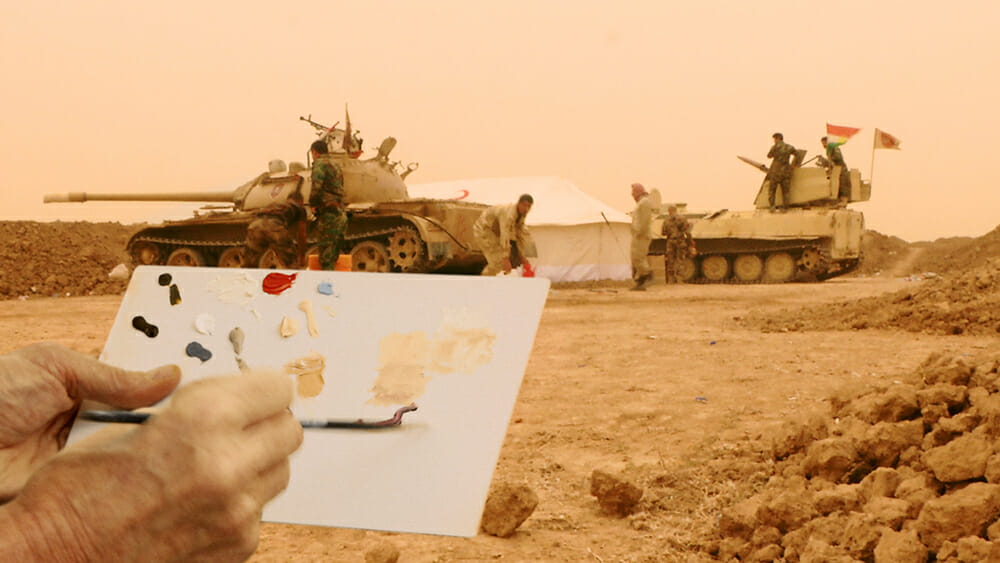
Every color is mixed: each touch blends in an unwitting combination that embodies loss as the desire to narrate this specific part of the World.
Encounters at the beginning of the World. On witness
Like in another of Alÿs’s work of art (When Faith Moves Mountains, 2002), the Peshmerga offensive appears as a monumental conceptual art operation. All efforts are to move the front line forward. The artist suspends any judgments on this hanging future. That probes his resiliency by accessing what is hard to access. In war, you wait: for something, for the enemy. In Color Matching, soldiers wait around. The brutality of war happens off-screen. The onlooker hears its echo and the sense of fragility and vulnerability. This war could be every war. In the unutterable presence of the Middle East, the heart of all human conflicts, what prevails is inconsistency. Francs Alÿs shows that engagement with history through witness and storytelling is crucial.
Invisible Cities, shifting geometries
The way of waging war has changed in recent years. In times of complexity reduction, art can help people ask themselves complex questions and claim answers so that these issues do not get lost in the void. Francis Alÿs essentially delivers these questions. What role does fear play in artistic production? What does it mean to make art when Nimrud (Iraq), Kerbelā (Iraq), Palmyra (Syria), Ṣirwāḥ (Yemen) have been destroyed? The point is indeed the role of witnesses. A poetic act can be a political act: highlighting the gesture of a darker awareness that often geopolitical forces can nullify endeavors.

The challenge is to redraw the Middle East with more sustainable borders. In Iraq, empire builders artificially created them, sketched by the Sykes-Picot agreement (which means England and France) in 1916. Four years later, Mosul is still the keystone to unleashing a reconfiguration of this area. Geopolitical realism compels the viewers to consider the possible emergence of territories based on ethnic lines. Western governments have misrepresented the present. The ambiguous position of western powers has shown little interest in one of the most considerable things about war: the post-war.
Disclose the unseen
Working on borders means working with the idea of memory: seeing the frontier as a mental space lived through people, layers on layers. In war, truth is the first victim. Death is on both sides. Pain may be a universal human experience, a common element.
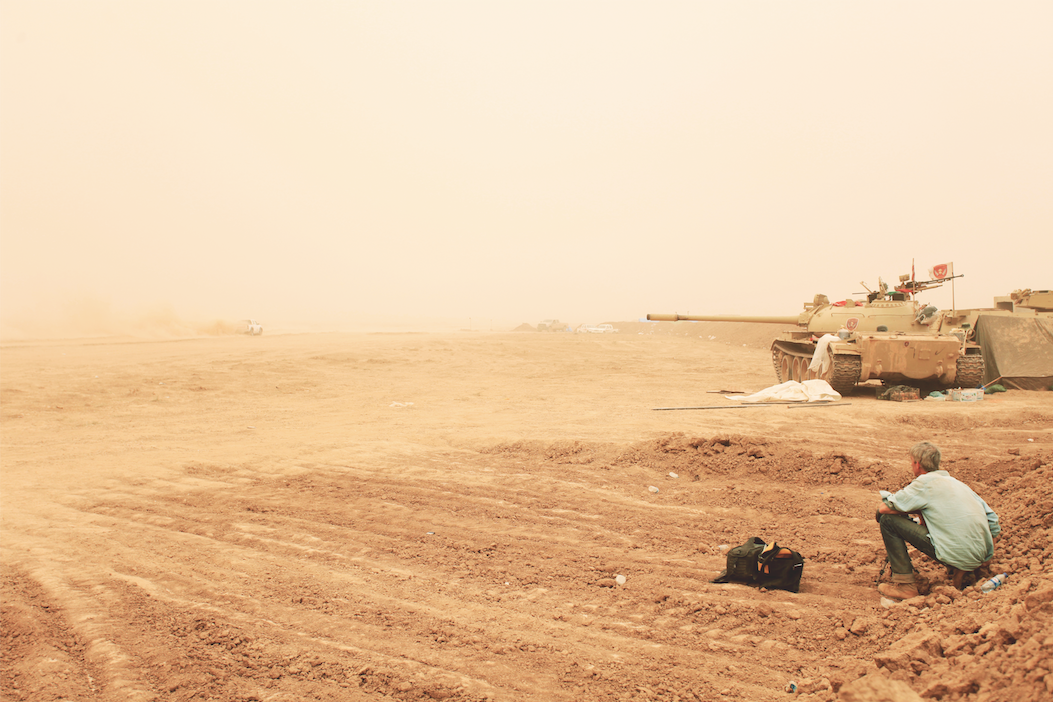
Though, it exists as an abstraction of war within the spectacle of combat. In trying to match the reality of colors and war, with Color Matching Alÿs attempts to coincide with this living-moment. All around, the landscape is reconstructed daily by the shelling and hopes.
Tag
Buy a ☕ for Hypercritic







